Flooding can strike with little warning, and even a few inches of water can cause thousands of dollars in damage. Preparing your home ahead of time is far less stressful than dealing with the aftermath of a flood. The following eight upgrades combine practical construction methods with modern technology to help safeguard your property. Each suggestion includes important details about installation timing, materials, and the reasoning behind why it works, so you can plan improvements with confidence.
1. Foundation Grading and Slope Adjustment
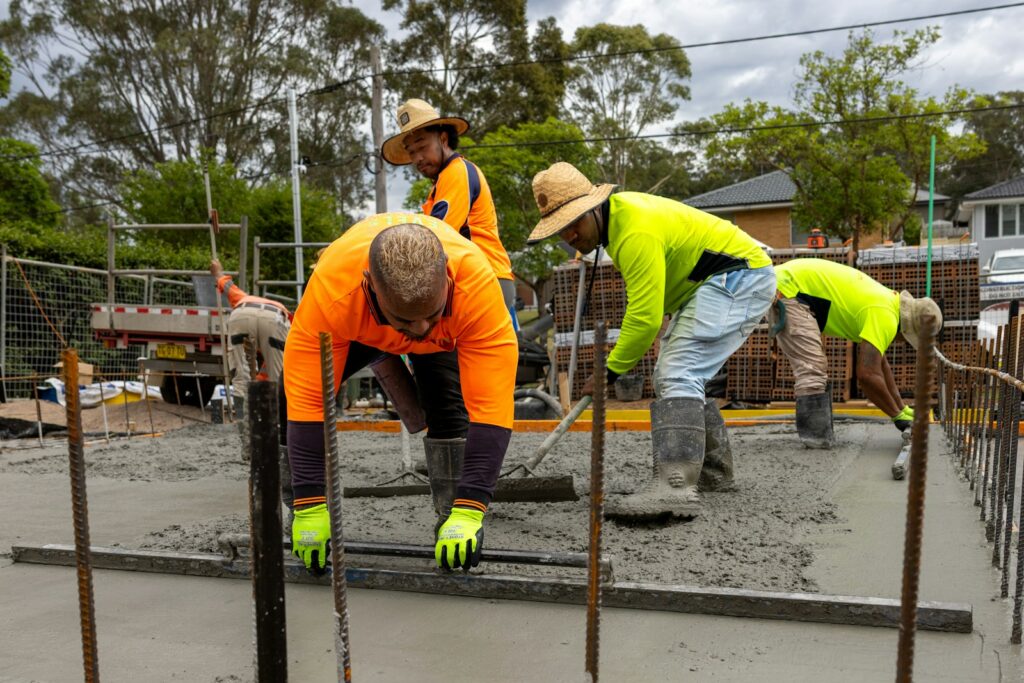
A properly graded foundation directs water away from your home instead of letting it pool near the walls. Ideally, the ground should slope at least six inches downward within the first ten feet from the base. Landscaping contractors typically complete grading during dry seasons, often late spring or early summer, when soil can be reshaped without risk of immediate washouts. Using a clay-rich top layer prevents fast erosion, and adding turf or native plants helps stabilize the slope. Regular inspections every year or after heavy storms ensure the grade remains intact.
2. Exterior Waterproof Coatings
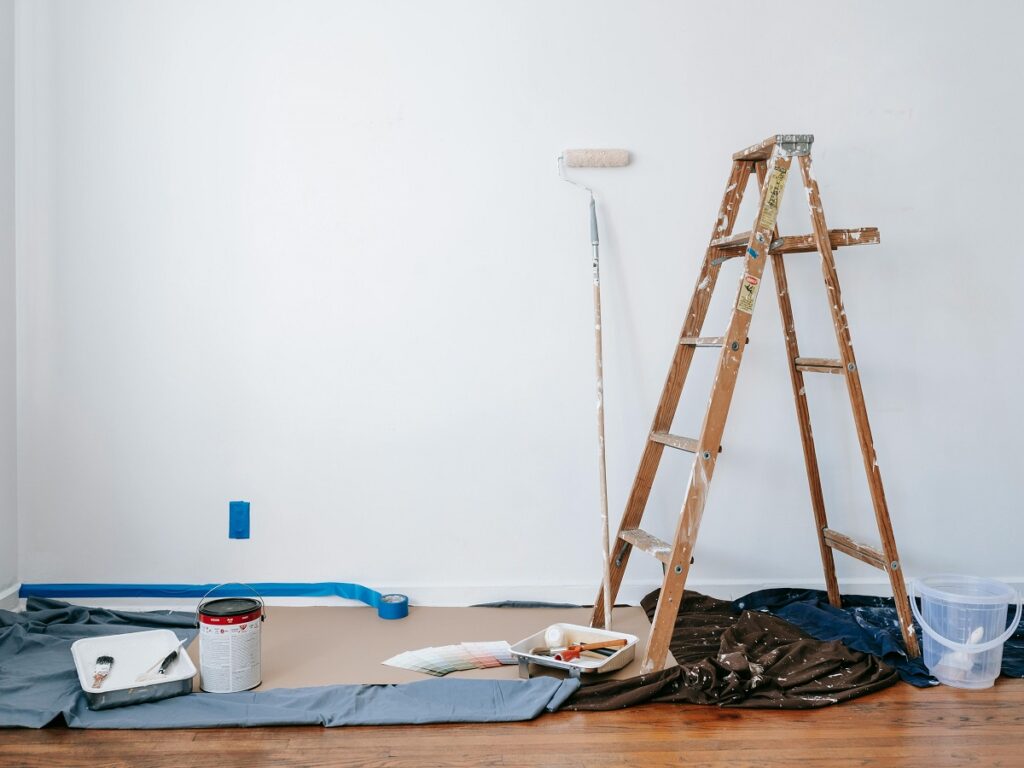
Applying a professional-grade waterproof coating or sealant to basement walls and foundations creates an extra barrier against seepage. Contractors typically perform this work during dry, mild months so the coating cures properly. Products like elastomeric sealants or crystalline coatings penetrate small cracks and resist hydrostatic pressure from rising groundwater. Reapplying every five to ten years ensures lasting protection, and combining coatings with proper grading provides a two-layer defense against persistent moisture.
3. Sump Pump with Battery Backup
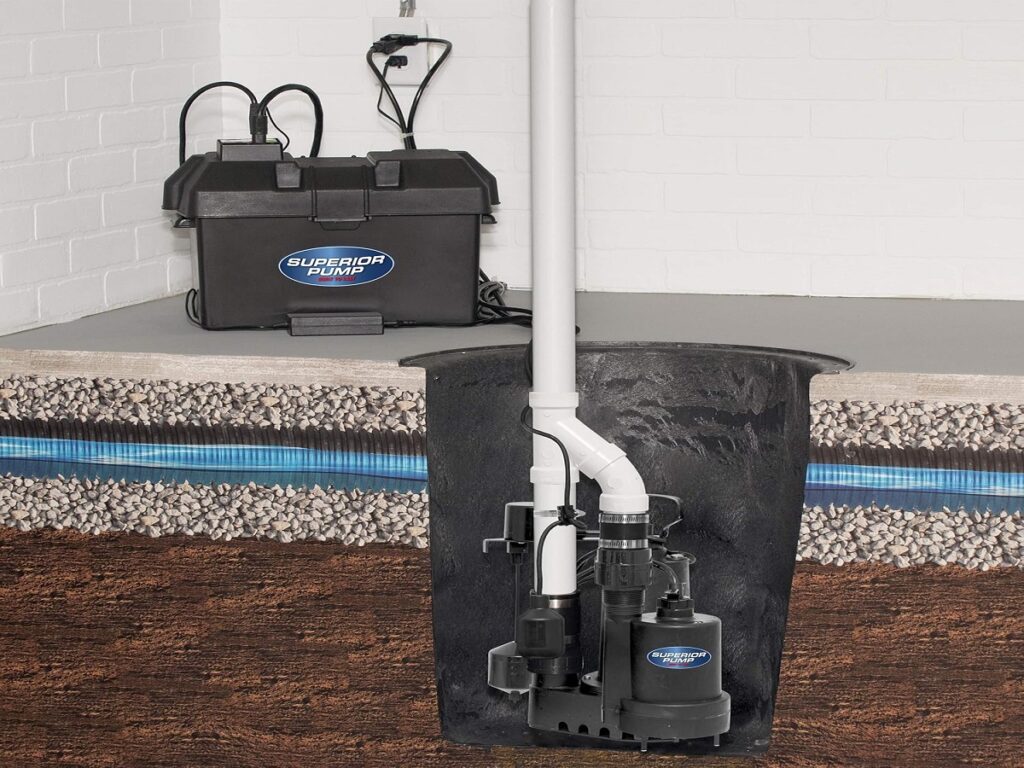
A sump pump collects water in a basin and expels it safely away from the house, making it essential for basements or low-lying foundations. Professional installation can be done year-round, but it’s wise to complete the work before the rainy season begins. Choose a unit with a dedicated battery backup so it continues operating during power outages. Test the pump every few months by pouring water into the pit and confirming automatic activation. A well-maintained pump can protect against sudden storm surges or rising groundwater.
4. Smart Flood Sensors and Alarms
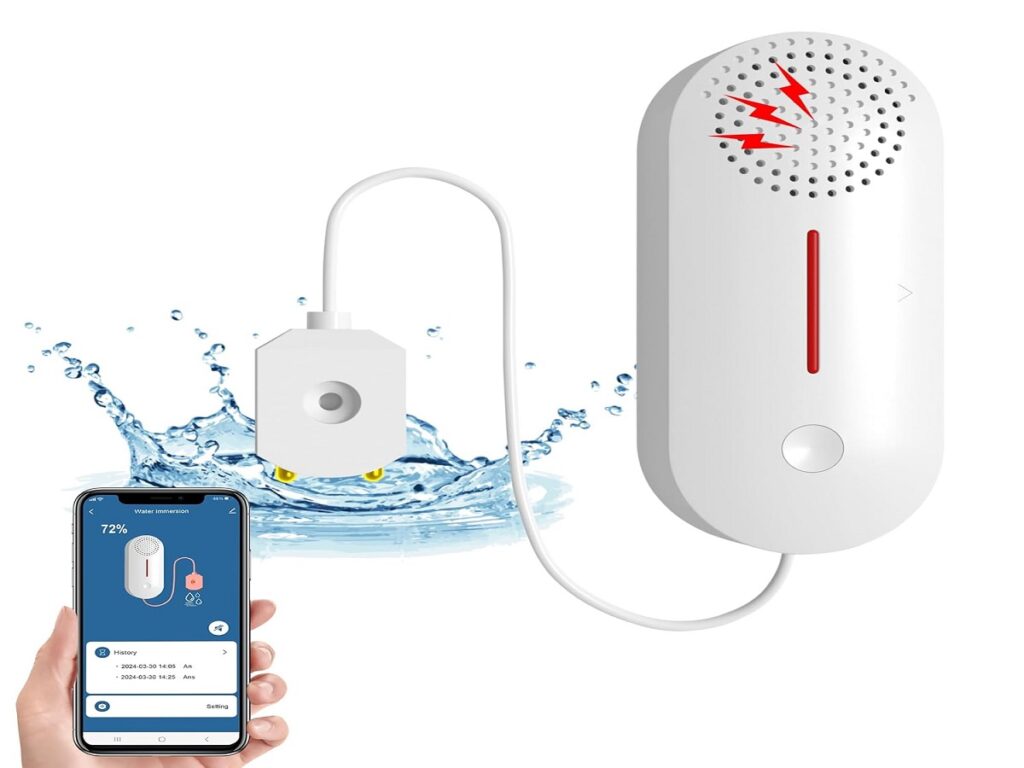
Wireless water sensors placed in basements, crawl spaces, or near plumbing fixtures alert you the moment water is detected. Installation can be done year-round and usually takes less than an hour. Many systems integrate with home-automation hubs, sending instant phone notifications during power outages thanks to built-in batteries. Routine monthly testing and battery checks keep them reliable. Early warning means you can respond before minor leaks escalate into costly flooding.
5. Elevated Electrical and HVAC Systems
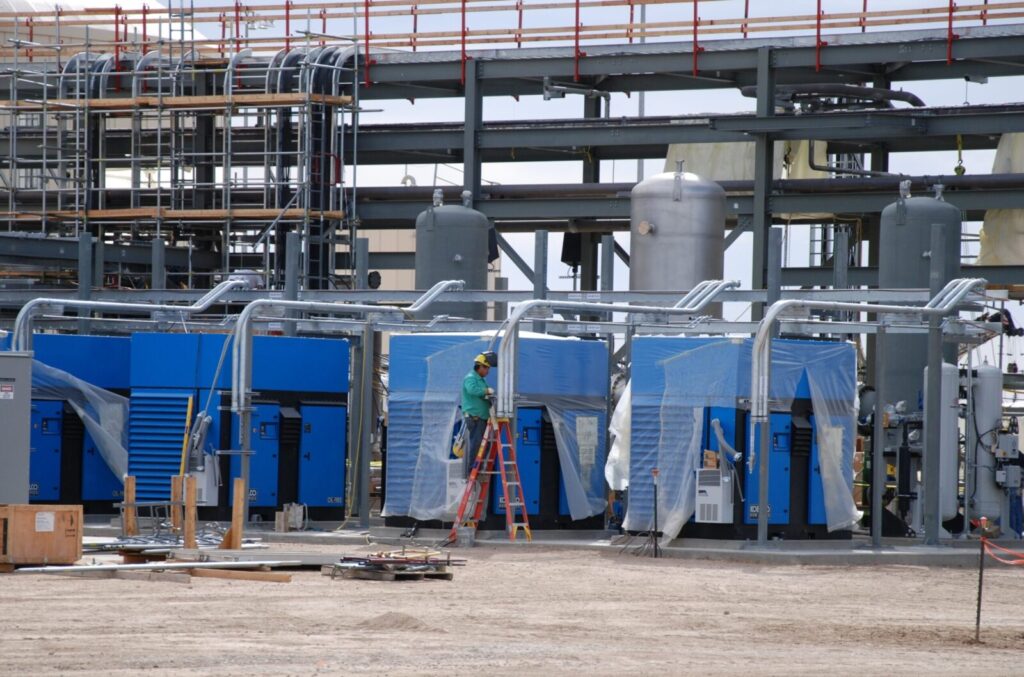
Raising electrical panels, outlets, and HVAC units above the projected flood level significantly reduces the risk of dangerous water damage. Electricians and HVAC specialists can elevate systems at any time of year, though scheduling in early spring or fall often avoids peak demand. Panels are usually moved at least a foot above base flood elevation, and outdoor AC units are placed on concrete or steel platforms. These upgrades not only prevent costly repairs but also provide peace of mind during unpredictable weather events.
6. Flood-Resistant Doors and Windows

Specially designed doors and windows with watertight seals and reinforced frames help keep floodwater from entering living spaces. Installation is best during moderate temperatures, typically spring or fall, when caulking and sealants cure properly. Materials such as fiberglass or treated aluminum withstand prolonged moisture without warping. Annual inspections ensure that gaskets and seals remain tight. Though more expensive than standard fixtures, these upgrades provide a critical barrier against flash floods and reduce the likelihood of interior water damage.
7. Permeable Driveways and Walkways
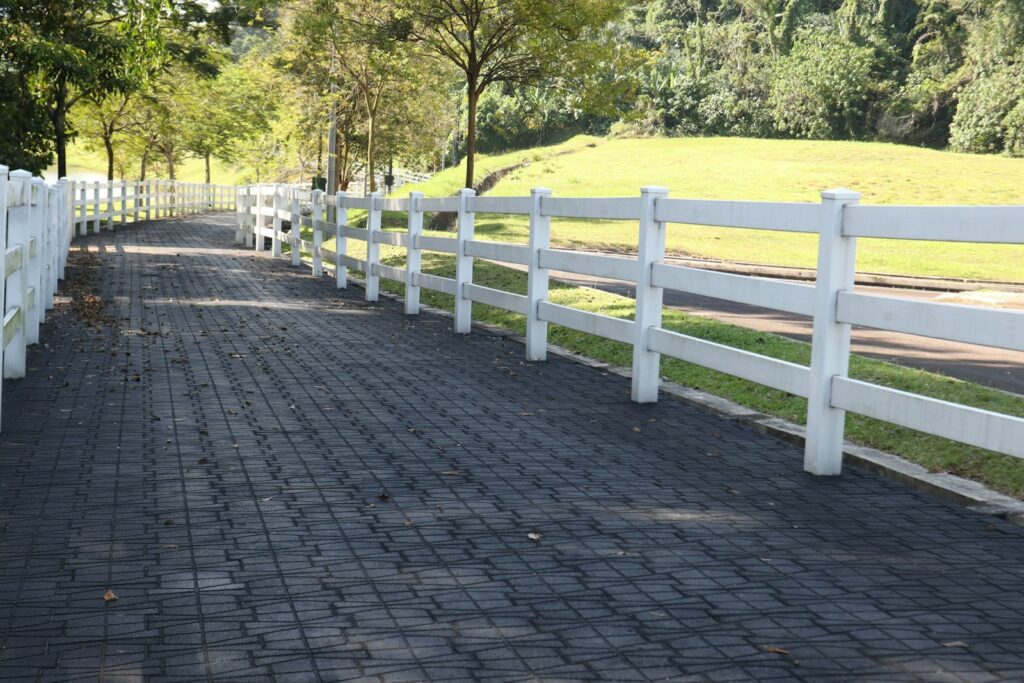
Traditional concrete surfaces allow rain to run off quickly, sometimes overwhelming drainage systems. Permeable pavers or porous asphalt enable water to soak into the ground, reducing runoff around your home. Installation is often scheduled in dry months, late spring through early fall, to allow proper settling of the base layers. A crushed-stone sub-base provides added filtration and stability. Routine sweeping and occasional vacuuming keep pores clear of debris. Over time, this eco-friendly upgrade lessens pressure on your property’s drainage network.
8. Rain Gardens and Swales
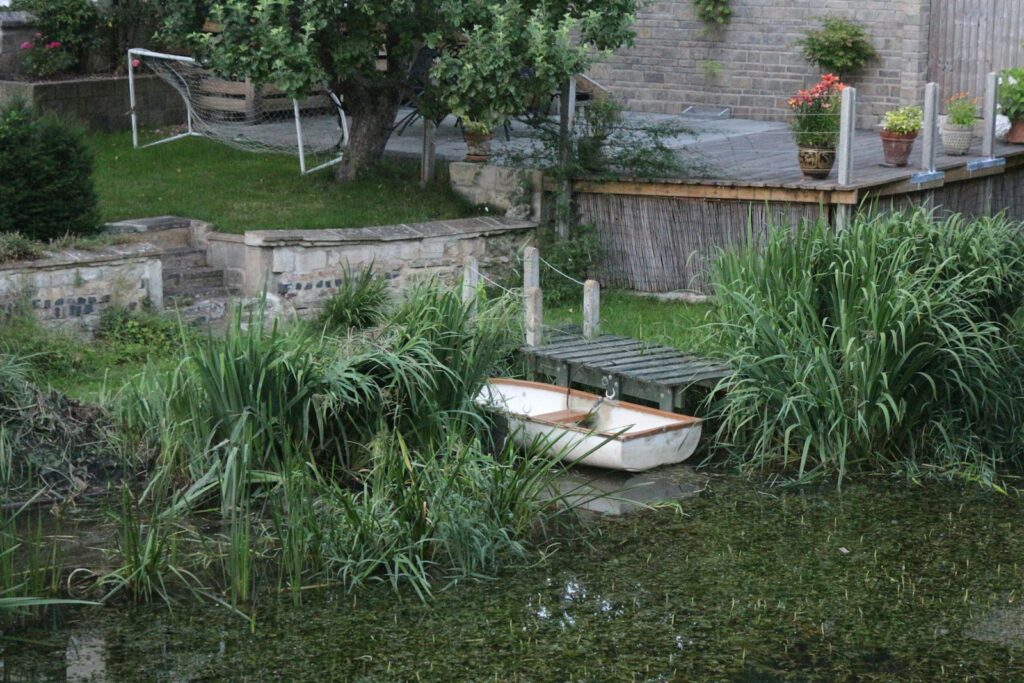
Rain gardens and shallow swales capture excess water and let it filter naturally into the soil. Landscapers usually build these features in early spring or fall, when planting conditions favor root growth. Native plants with deep root systems, such as switchgrass or black-eyed Susan, improve absorption and require less maintenance. Carefully designed swales guide runoff toward these gardens, preventing pooling near the home. With regular seasonal care, rain gardens double as attractive landscaping and a practical flood-defense strategy, blending beauty with resilience.
Comments